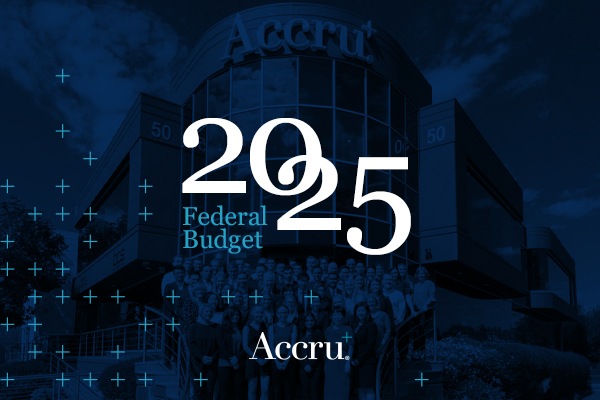After two consecutive surpluses for the first time in 20 years, on Tuesday night, Jim Chalmers announced a Budget deficit of $27.6 billion. The Treasurer’s tone was particularly upbeat for someone who was forecasting a $42 billion deficit next year and a decade of deficits to follow. This is because the Treasury has data to support that a soft landing has been achieved and that inflation has come down whilst wages have increased and unemployment remains low. From here, the Treasurer expects the private sector to take over and drive further growth and prosperity, concluding his speech by saying that “…the core of this Budget is about more than putting the worst behind us. It’s about seizing the best of what’s ahead of us.”

In some ways this was the Budget that wasn’t meant to be. Ex-cyclone Alfred delayed the Government’s announcement of an election date, opening a window for this Budget ahead of what will end up being a May election. To little surprise then, this does look like an Election Budget, with the Treasurer announcing surprise tax cuts for all individual taxpayers. In contrast to his first two Budgets where a majority of the revenue upgrades were banked as savings, a vast majority of revenue upgrades for this Budget have been spent, with close to 50% being spent on the aforementioned tax cuts.
The Government’s own modelling and forecasting of a year ago did predict a deficit due to committed expenditure on NDIS and various other programs. The prediction from last year was a deficit of $28.3 billion. The actual outcome and other key economic figures are:
- A deficit of $27.6 billion for 2024-25, deficit of $42.1 billion 2025-26, followed by a decade of further deficits.
- Economic growth is expected to be 1.5% for 2024-25, 2.25% for 2025-26 and 2.5% 2026-27.
- Unemployment is forecast to rise slightly to a peak of 4.25% next year, with participation rates also remaining higher for longer than previously anticipated.
- Inflation is now expected to be 2.5% for the year through to the June 2025 quarter and then remain in the Reserve Bank’s preferred range.
Continuing on from last year, there remains a strong focus on cost of living relief, along with major investments in Medicare, the Care Economy, housing, infrastructure ongoing and the long term economy shaping policy under the Future Made In Australia initiative. Sadly the following passage can be reproduced verbatim from last year, even in the face of dramatic shifts in the geopolitical landscape and ongoing climate change challenges and opportunities: As is customary, genuine tax reform is absent from discussion, but with the acknowledged structural deficits in place the Government should seek to hold court on alternative ways to raise revenue. In the short term, the Treasurer is relying on tax compliance and anti-avoidance initiatives to raise revenue, rather than any fundamental changes to revenue collection through changing the mix of taxes on consumption, resources, income and capital gains. Time will tell if they are bold enough to conquer, yet brave enough to fail on having a thorough discussion on tax reform.
For more information please read our articles on the Individual & Personal Taxation or Business Taxation updates within the March 2025 Federal Budget.
